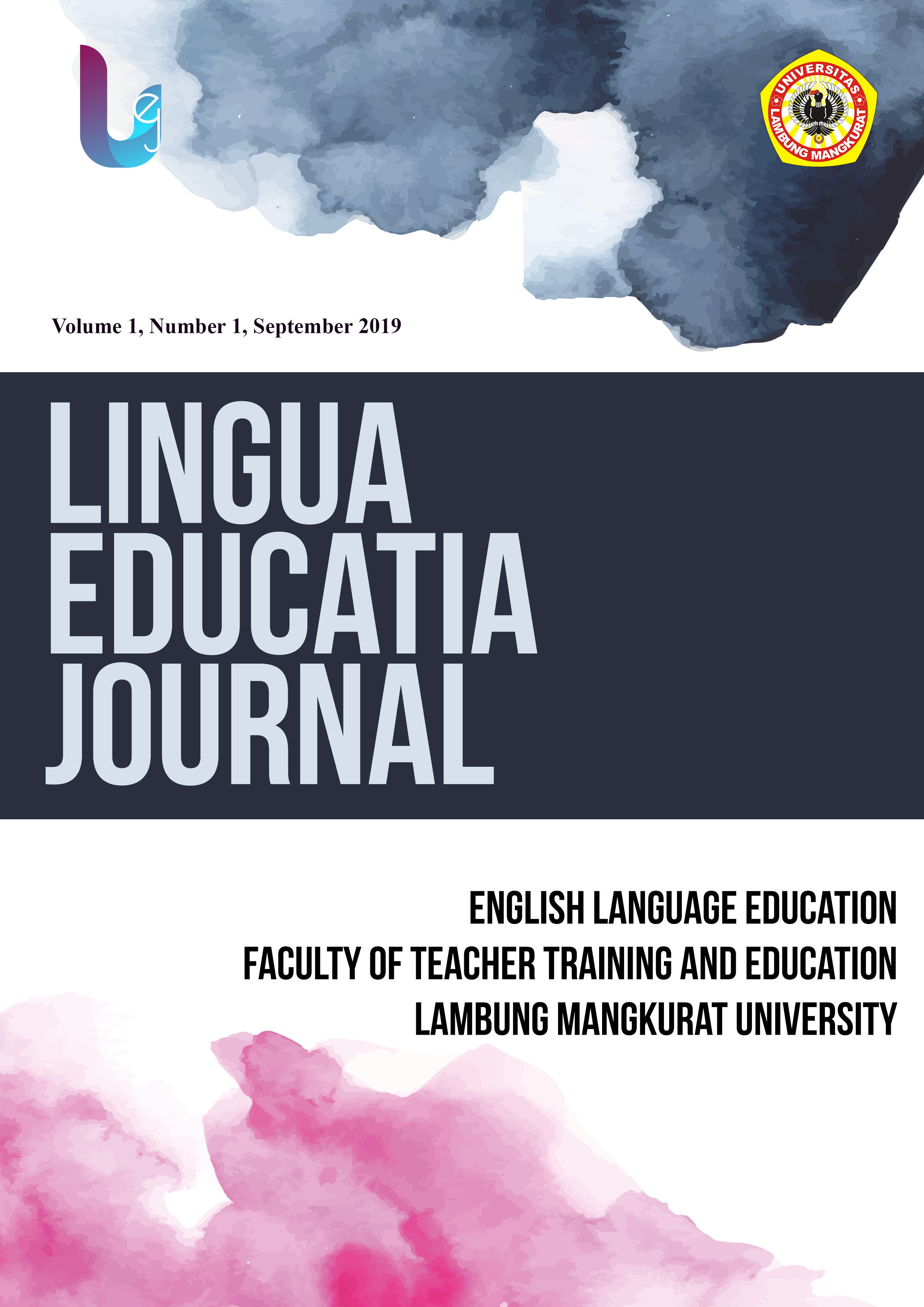TYPES, FUNCTIONS AND FACTORS OF CODE SWITCHING AS TEACHING TECHNIQUE CONDUCTED
Abstract
Code-switching is a phenomenon studied in sociolinguistics. It exists in multilingual societies like in Indonesia where people use more than one language to communicate including in classroom interaction, especially in the process of teaching English as a foreign language. This research was aimed to find out the types functions and factors of code-switching as teaching technique conducted by English Department Lecturers in teaching English to English Department Students at FKIP of Lambung Mangkurat University in the Academic Year of 2017/2018. This research was conducted through the descriptive-qualitative method. The subjects were the lecturers of English Department. The researcher conducted observation and confirmed the results of it by using the interview. The research result indicated that in the process of teaching English, the lecturers sometimes switched their languages: English, Bahasa Indonesia, Banjarase, and Arabic. There were 3 types of code-switching used by the lecturers namely, tag-switching, intra-sentential-switching, and inter-sentential switching. While for the function, there were 3 functions of code-switching used by the lecturers, topic-switch, affective-function, and repetitive function. The factors were interjections, repetitively used for clarification, and the intention of clarifying the speech content for the interlocutor. In conclusion, the lecturers switched their languages in some types and for various functions depending on the situation of their teaching activity and students’ need. It is suggested that the use of code-switching must be related to certain purposes in order to achieve the goals of teaching optimally.









